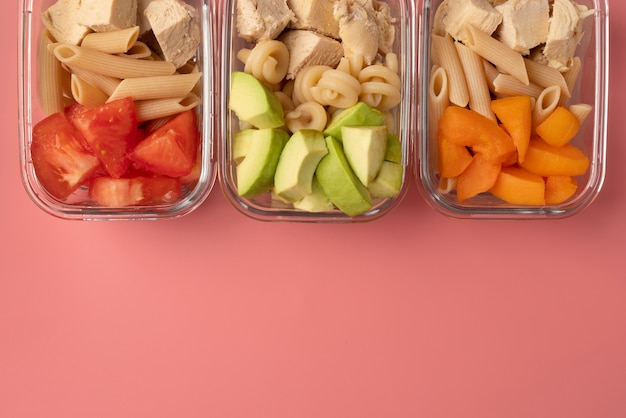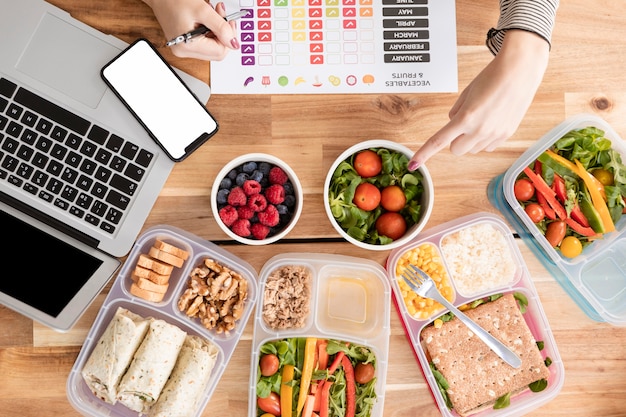Struggling to fall asleep or stay asleep? While routines like screen detox and bedtime rituals are important, one often overlooked factor is your diet. What you eat—and when—can significantly influence your sleep quality. The good news? With a smart weekly meal prep strategy, you can set yourself up for deeper, more restful sleep—naturally.
Meal prepping isn’t just about saving time during the week—it’s a powerful tool for improving your overall wellness, including sleep. When you plan and prepare meals ahead of time, you gain control over ingredients, portion sizes, and nutrient timing. This control helps stabilize blood sugar, reduce inflammation, and support the production of sleep-regulating hormones like melatonin and serotonin.
Repeating certain meals—especially dinner—can streamline your routine and reduce decision fatigue, which is especially helpful in the evening when winding down is key.

Focus on foods rich in magnesium, tryptophan, complex carbohydrates, and healthy fats. These nutrients help calm the nervous system and promote melatonin production.
Flexibility is key. Create a template that repeats 2–3 dinner options during the week. For example:
This reduces mental load and prep time while ensuring consistency in sleep-supportive nutrition.
Treat meal prep like a workout—break it into phases:
This progressive approach prevents burnout and ensures freshness.

Avoid heavy, spicy, or high-fat meals within 2–3 hours of bedtime. Instead, opt for lighter dinners that are easy to digest. If you need a snack before bed, choose something small and sleep-friendly:
Keep a simple log for one week: note what you ate for dinner, your bedtime, and how you felt upon waking. Look for patterns. Did meals high in refined sugar lead to restlessness? Did fish-based dinners improve deep sleep?
Use this feedback to refine your meal plan—this is the essence of sustainable progress.
Life isn’t perfect—neither should your meal prep be. Here are simple adjustments to keep you on track:
Better sleep doesn’t require drastic overhauls. By aligning your weekly meal prep with sleep-supportive nutrition, you create a daily ritual that works for your body and lifestyle. Start small—pick one dinner to repeat, add a magnesium-rich side, and observe how your sleep responds.
Over time, these consistent choices build a foundation for deeper rest, improved energy, and overall well-being. Sleep smarter, not harder—begin with your plate.

Wellness

Wellness

Wellness

Wellness

Wellness

Health

Wellness

Fitness

Wellness

Wellness

Wellness

Health

Health

Fitness

Health

Health